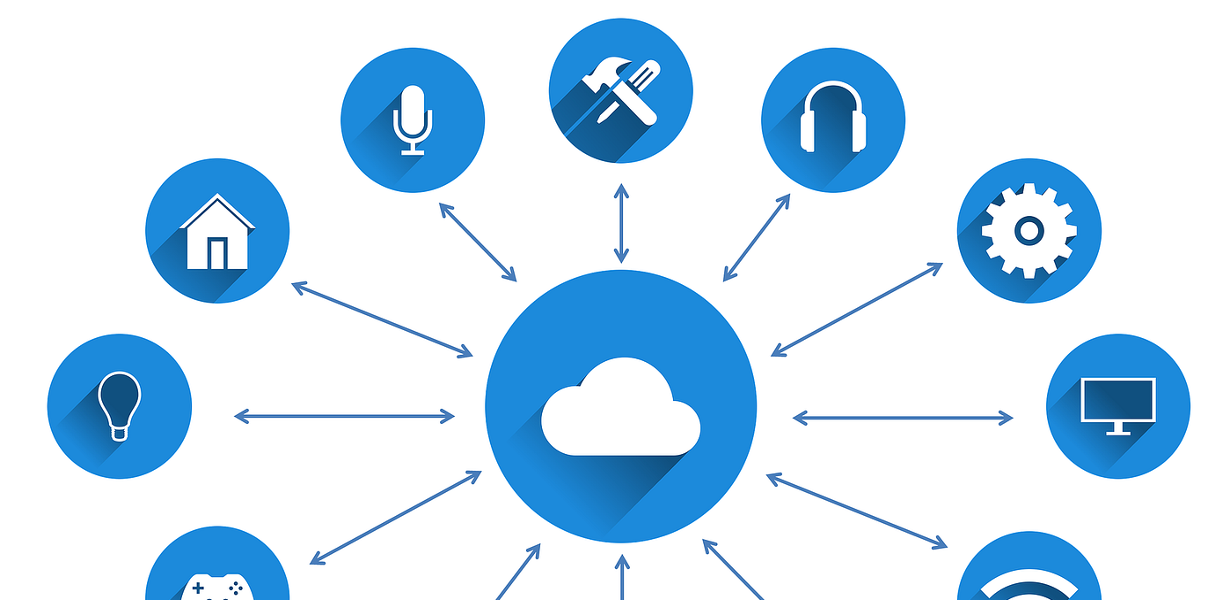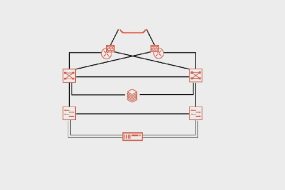
As the digital world continues to expand, the demand for seamless, real-time content delivery has never been more significant. Edge computing and Content Delivery Network (CDN) hosting are at the forefront of this transformation. In this comprehensive exploration, we will take you on a journey into the realm of edge computing and CDN hosting, uncovering the intricacies, benefits, and how they are reshaping the way content is delivered.
Understanding Edge Computing
What is Edge Computing?
Edge computing is a paradigm that brings data processing closer to the data source, reducing latency and enabling real-time decision-making. It leverages local servers and devices to process data, making it ideal for applications requiring immediate responses.
The Role of Edge Servers
Edge servers, strategically positioned in proximity to end-users, play a pivotal role in edge computing. These servers store and process data locally, ensuring rapid response times for time-sensitive applications.
The Power of CDN Hosting
CDN Hosting Explained
Content Delivery Network hosting is the backbone of efficient content delivery on the internet. CDNs consist of distributed servers that store and deliver web content, such as images, videos, and web pages, to users based on their geographical location.
Key Benefits of CDNs
CDNs offer several advantages, including faster content delivery, reduced server load, enhanced security, and improved website performance. They are essential for websites that serve global audiences.
The Symbiotic Relationship
How Edge Computing and CDNs Work Together
Edge computing and CDNs complement each other seamlessly. Edge servers within CDNs play a crucial role in reducing latency by storing and delivering content closer to end-users. This collaboration is especially beneficial for applications that demand real-time data processing.
Real-time Content Delivery
The integration of edge computing with CDNs enables real-time content delivery. Whether it’s streaming a live event or providing real-time stock market data, this partnership ensures that end-users receive the latest information with minimal delay.
Achieving Low Latency
Reducing Latency with Edge Servers
Edge servers are strategically positioned in locations with high user density. This placement minimizes the distance data needs to travel, resulting in significantly lower latency and faster content access.
Advanced Caching Techniques
CDNs employ advanced caching techniques to optimize content delivery. They store frequently accessed content, reducing the need to retrieve it from the origin server. This cache significantly improves website load times.
Enhancing Security
Security at the Edge
Edge computing and CDNs work hand in hand to enhance security. By processing data locally at the edge, sensitive information can be protected and isolated from potential threats.
DDoS Protection
CDNs offer robust DDoS protection, preventing malicious traffic from overwhelming the origin server. This added layer of security ensures business continuity.
Scalability and Load Balancing
Scalability in Real-time
Edge computing and CDNs are designed to be scalable. As traffic surges, additional edge servers can be deployed to meet the demand, ensuring a seamless user experience.
Load Balancing for Optimal Performance
Load balancing mechanisms distribute incoming traffic evenly across multiple servers, preventing overload and maximizing performance.
Final Words
In the fast-paced world of digital content delivery, edge computing and CDN hosting are key players that ensure real-time, reliable, and secure content access. By understanding their functions and how they work together, you can leverage these technologies to provide an exceptional user experience.
Commonly Asked Questions
Q1: How does edge computing reduce latency?
Edge computing reduces latency by processing data locally at edge servers, minimizing the distance data must travel to reach end-users.
Q2: What are the primary benefits of CDN hosting?
CDN hosting offers faster content delivery, reduced server load, enhanced security, and improved website performance for businesses serving a global audience.
Q3: How do edge computing and CDNs work together to achieve real-time content delivery?
Edge servers within CDNs store and deliver content closer to end-users, reducing latency and enabling real-time data processing for applications that demand immediate responses.
Q4: How do CDNs enhance security?
CDNs enhance security by offering DDoS protection, isolating sensitive data from potential threats, and providing an added layer of defense for businesses.
Q5: Can edge computing and CDNs handle traffic surges?
Yes, both edge computing and CDNs are scalable and can handle traffic surges by deploying additional edge servers and using load balancing mechanisms to ensure optimal performance.
Advertisement







